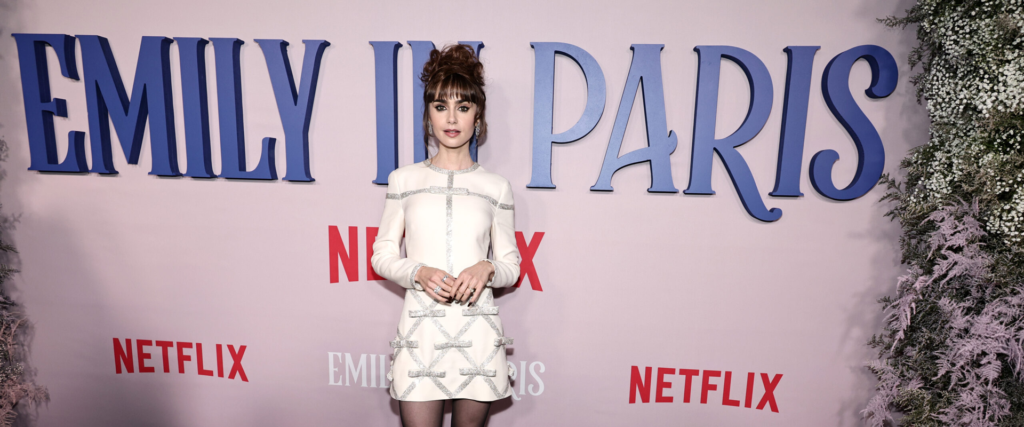U.S. Box Office Sees Summer Resurgence
But Long-Term Challenges Persist for Hollywood
The U.S. box office has seen a significant resurgence this summer with hits like “Inside Out 2” and “Deadpool & Wolverine,” which together grossed $2.5 billion globally. This marks a positive trend for Disney and other studios, especially after the difficult years caused by the pandemic. However, despite these successes, the film industry still faces considerable challenges in returning to pre-pandemic levels.
The box office revenues in the first half of 2024 was disappointing, but the success of the summer season provided some relief. A notable observation is that all the major hits of 2024 have been sequels, prequels, or extensions of previous films. There hasn’t been a significant impact made by any original project. This raises concerns about Hollywood’s reliance on existing franchises, a trend that may not be sustainable in the long term.
Analysts remain cautious about the future of the box office. While theaters are drawing audiences, they are not reaching pre-2019 levels when annual domestic grosses regularly topped $11 billion. The competition from the video game industry, streaming services, and social media is stronger than ever. Viewers are increasingly comfortable waiting to watch films at home, which has led studios to release fewer films, reducing the chances of unexpected hits. Moreover, the rapid transition of underperforming films to streaming—sometimes just 17 days after their theatrical release—may be training audiences to skip theatrical releases and wait for home availability.
Matthew Ball, an entertainment consultant, highlights a long-term decline in movie attendance, a trend that began in the early 2000s, long before the arrival of video games and streaming services. The pandemic has further accelerated this trend. Although ticket prices have increased to compensate for declining sales, most of the audience is now concentrated on a few mega-hits. In 2024, the domestic box office is projected to reach $8.3 billion, still significantly below pre-pandemic levels.
While there is hope that recent hits might revive movie-going habits, the industry is undergoing a fundamental shift, similar to the decline of cable television. Like cable, the traditional film model may no longer be sustainable. In the future, Hollywood may face downsizing, mergers, and new partnerships to navigate this evolving landscape. The challenge will be to adapt to a reality where films must compete with a wide range of entertainment alternatives that capture the audience’s attention in ways that were once unimaginable.
Source: Forbes
Share:
But Long-Term Challenges Persist for Hollywood
The U.S. box office has seen a significant resurgence this summer with hits like “Inside Out 2” and “Deadpool & Wolverine,” which together grossed $2.5 billion globally. This marks a positive trend for Disney and other studios, especially after the difficult years caused by the pandemic. However, despite these successes, the film industry still faces considerable challenges in returning to pre-pandemic levels.
The box office revenues in the first half of 2024 was disappointing, but the success of the summer season provided some relief. A notable observation is that all the major hits of 2024 have been sequels, prequels, or extensions of previous films. There hasn’t been a significant impact made by any original project. This raises concerns about Hollywood’s reliance on existing franchises, a trend that may not be sustainable in the long term.
Analysts remain cautious about the future of the box office. While theaters are drawing audiences, they are not reaching pre-2019 levels when annual domestic grosses regularly topped $11 billion. The competition from the video game industry, streaming services, and social media is stronger than ever. Viewers are increasingly comfortable waiting to watch films at home, which has led studios to release fewer films, reducing the chances of unexpected hits. Moreover, the rapid transition of underperforming films to streaming—sometimes just 17 days after their theatrical release—may be training audiences to skip theatrical releases and wait for home availability.
Matthew Ball, an entertainment consultant, highlights a long-term decline in movie attendance, a trend that began in the early 2000s, long before the arrival of video games and streaming services. The pandemic has further accelerated this trend. Although ticket prices have increased to compensate for declining sales, most of the audience is now concentrated on a few mega-hits. In 2024, the domestic box office is projected to reach $8.3 billion, still significantly below pre-pandemic levels.
While there is hope that recent hits might revive movie-going habits, the industry is undergoing a fundamental shift, similar to the decline of cable television. Like cable, the traditional film model may no longer be sustainable. In the future, Hollywood may face downsizing, mergers, and new partnerships to navigate this evolving landscape. The challenge will be to adapt to a reality where films must compete with a wide range of entertainment alternatives that capture the audience’s attention in ways that were once unimaginable.
Source: Forbes









